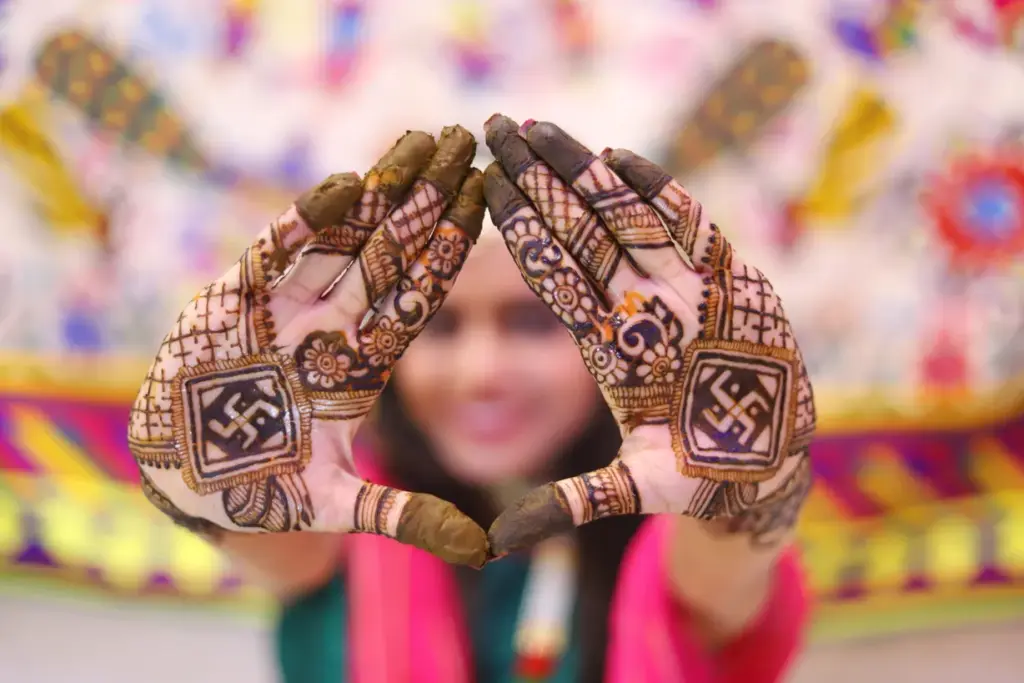Cultural Immersion: Best Places to Experience Local Traditions and Festivals
Traveling is not just about visiting new places; it’s about diving deep into the cultural fabric of a destination. Experiencing local traditions and festivals offers a unique glimpse into the lives, values, and histories of communities. Here are the best places around the world to immerse yourself in rich cultural experiences.
Japan: Cherry Blossom Festival (Hanami)
Every spring, Japan transforms into a pink wonderland as cherry blossoms blanket the country. The Hanami festival, which means “flower viewing,” is an ancient tradition where people gather under blooming cherry trees to appreciate their fleeting beauty and enjoy picnics, performances, and traditional tea ceremonies.
Tokyo’s Ueno Park and Kyoto’s Maruyama Park are popular spots to experience Hanami. The festival usually starts in late March and continues through April, depending on the region’s climate. Aside from the stunning visuals, it’s a time for renewal, reflection, and community as families and friends reunite under the blossoms.
India: Diwali, the Festival of Lights
Diwali, one of the biggest and most widely celebrated Hindu festivals, marks the victory of light over darkness. It usually occurs in October or November and lasts for five days. During Diwali, homes are adorned with oil lamps and colorful rangoli decorations, streets are lit with fireworks, and people exchange sweets and gifts.
To experience the full vibrancy of Diwali, visit Varanasi, where the Ganges River is lit up with oil lamps and fireworks, or Mumbai, where the city’s skyline is illuminated by countless firecrackers. Diwali offers a deep insight into Hindu traditions, spirituality, and the importance of family and prosperity in Indian culture.
Brazil: Rio Carnival
Rio Carnival, held just before Lent in February or March, is arguably the world’s most famous carnival. This week-long event in Rio de Janeiro features samba parades, elaborate costumes, street parties, and music performances. The highlight is the Samba Parade, where samba schools compete in the Sambadrome with extravagant floats, vibrant costumes, and rhythmic samba dances.
Participating in Rio Carnival is a sensory overload. The energy, colors, and rhythms create an unforgettable atmosphere that reflects Brazil’s rich cultural diversity and penchant for celebration. It’s a time where the city bursts into life with joy, passion, and unity.
Spain: La Tomatina
La Tomatina, held in Buñol on the last Wednesday of August, is the world’s biggest food fight. This quirky festival began in 1945 and involves thousands of participants throwing overripe tomatoes at each other. The town square turns red and becomes a slippery battlefield of tomato pulp.
La Tomatina is not just about the chaotic fun; it’s a reflection of the playful and communal spirit of Spanish culture. The festival also includes parades, music, dancing, and fireworks, making it a week-long celebration of enjoyment and camaraderie.
Thailand: Songkran Water Festival
Songkran, the Thai New Year, celebrated in mid-April, is known for its massive water fights. The festival marks the end of the dry season and the beginning of the rainy season, symbolizing purification and renewal. People splash water on each other to wash away bad luck and sins, and temples hold ceremonies to honor Buddha images.
Chiang Mai is known for its grand Songkran celebrations, where locals and tourists engage in friendly water fights, parades, and cultural performances. It’s a joyful time filled with laughter, goodwill, and traditional customs that provide insight into Thai community values and religious practices.
Italy: Venice Carnival
The Venice Carnival, held in February, is famous for its elaborate masks, opulent costumes, and grand balls. This historic festival dates back to the Middle Ages and offers a glimpse into Venetian life and traditions. Participants don masks and capes, attending masquerade balls, and parading through the winding streets and canals.
The Piazza San Marco becomes the epicenter of celebrations with performances, music, and lavish parties. The Venice Carnival encapsulates the city’s artistic heritage, love for theater, and unique blend of history and modernity.
China: Chinese New Year
Chinese New Year, also known as the Spring Festival, is the most important holiday in China. It marks the beginning of the lunar new year, usually falling between January 21 and February 20. The festival lasts for 15 days and includes family reunions, feasts, lion dances, and fireworks.
Beijing offers a particularly grand celebration, with temple fairs, dragon parades, and lantern displays. Chinese New Year provides a deep understanding of Chinese cultural traditions, values, and the significance of family and renewal in Chinese society.
Scotland: Hogmanay
Hogmanay, the Scottish New Year’s celebration, is one of the most lively and unique ways to ring in the new year. It spans several days of festivities, from December 30 to January 2, featuring torchlight processions, street parties, concerts, and traditional ceilidh dancing.
Edinburgh’s Hogmanay is world-renowned, especially for its street party on Princes Street and the fireworks display over Edinburgh Castle. This celebration reflects the Scottish love for music, community, and the importance of marking new beginnings with joy and vigor.
Mexico: Day of the Dead (Día de los Muertos)
The Day of the Dead, celebrated on November 1 and 2, is a vibrant and colorful Mexican tradition honoring deceased loved ones. Altars adorned with marigolds, sugar skulls, and favorite foods of the dead are set up in homes and cemeteries. Communities come together to share stories, music, and food, creating a joyous remembrance.
Mexico City and Oaxaca are famous for their elaborate Day of the Dead celebrations, with parades, performances, and public displays of altars. This festival offers a profound look into Mexican culture’s emphasis on family, memory, and the cyclical nature of life and death.
Conclusion
Traveling for cultural immersion expands our understanding of the world and fosters a deeper connection to the places we visit. By participating in local traditions and festivals, we gain valuable insights into the lives and values of different communities. So pack your bags and embark on a journey to experience these incredible cultural celebrations firsthand. It’s time to make memories that will last a lifetime and broaden your horizons.



